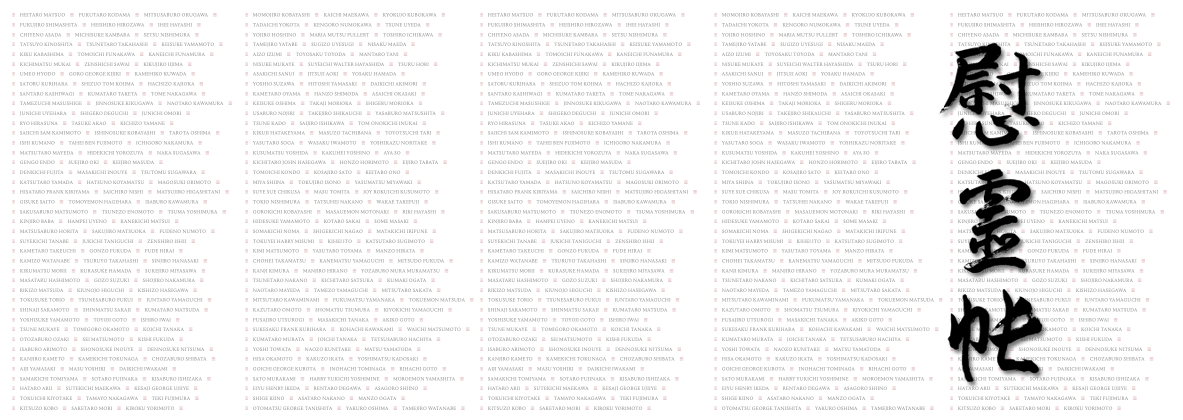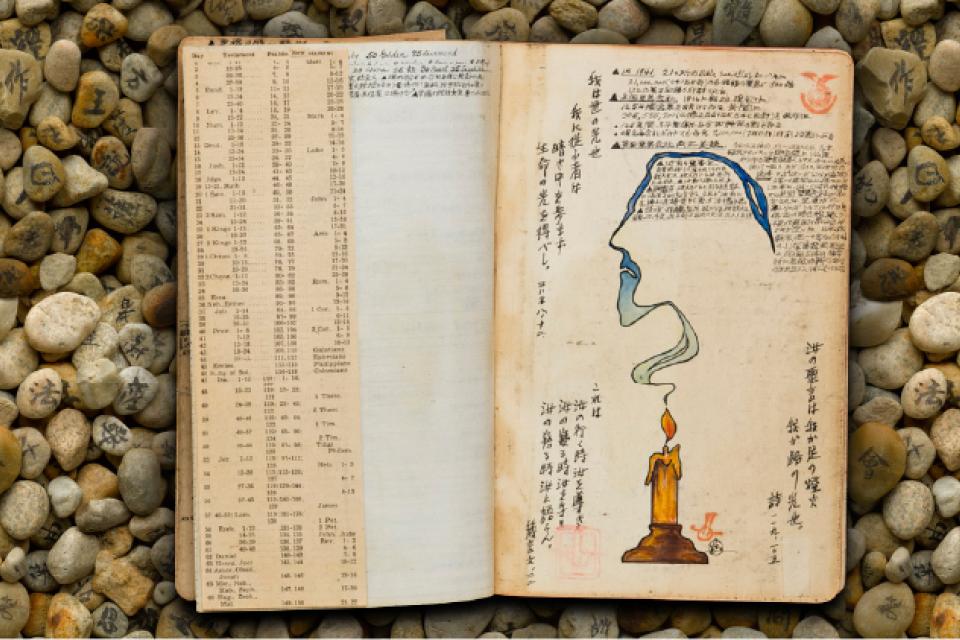

PLEASE NOTE: This event is NOT sold out. To accommodate all visitors, this event requires timed tickets. Please select your time slot for your visit by clicking “other times” and selecting desired time.
You may also email Public Programs for your reservation at publicprograms@janm.org
FREE
Museum admission must be purchased separately. Please check-in with Visitor Services at the front desk before the event.
Join us for the launch of Irei: National Monument for the WWII Japanese American Incarceration, a multi-faceted project to address the erasure of the identities of individuals of Japanese ancestry who experienced wartime incarceration.
Led by USC Ito Center Director Duncan Ryuken Williams and Project Creative Director Sunyoung Lee, the Irei Monument Project expands and re-envisions what a monument is through three distinct, interlinking elements: a sacred book of names as monument (慰霊帳 Ireichō), an online archive as monument (慰霊蔵 Ireizō), and light sculptures as monument (慰霊碑 Ireihi). Drawing on traditions of monuments built in America’s internment and concentrations camps—such as the Manzanar Ireito, the Amache Ireito, and Rohwer’s Ireihi (Soul Consolation Towers or Monuments)—the project aims to memorialize the past and repair the fractures caused by America’s racial karma.
The Ireichō (a large-sized book of names) contains the first comprehensive listing of over 125,000 persons of Japanese ancestry who were incarcerated in US Army, Department of Justice, Wartime Civil Control Administration, and War Relocation Authority camps. Embedded into the very materiality of the Ireicho are special ceramic pieces made from soil collected by the project from seventy-five former incarceration sites from Alaska to Hawaii, Arkansas to California, and from almost every other region of the United States.
On Sunday, September 25, the general public is invited to be among the first to view and acknowledge individual names in the Ireichō. Visitors are requested to use a special Japanese hanko (stamp/seal) to leave a mark for each person in the monument as a way to honor those incarcerated during World War II. Please participate in the launch of this year-long campaign to acknowledge all 125,000 names from every site of wartime incarceration.
Due to limited capacity, preregistration for timed entry is required to participate on opening day.
The Ireizō (the project’s online archive) will also launch on the same day. Names of internees and incarcerees will be searchable alphabetically or by camp. For more information about the Irei Monument Project, please read this article published by The Rafu Shimpo. Read Now

